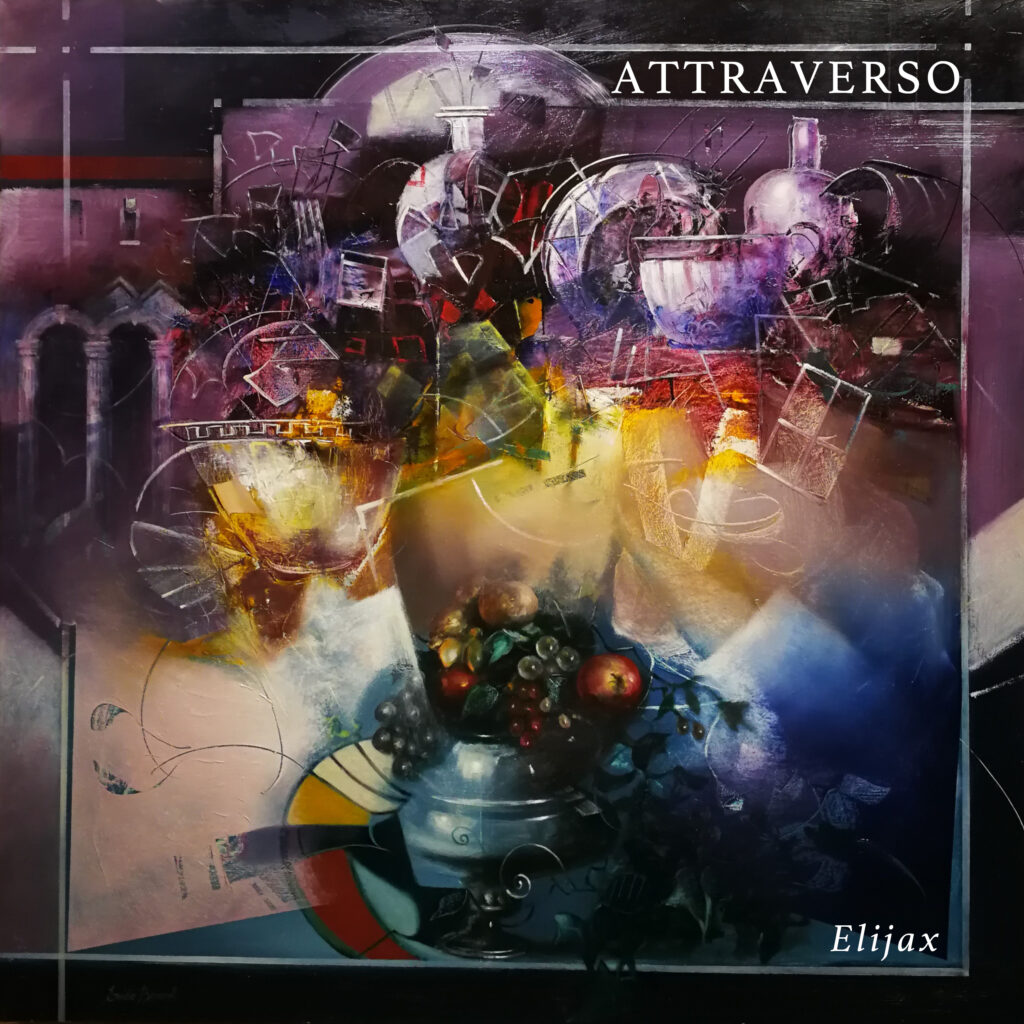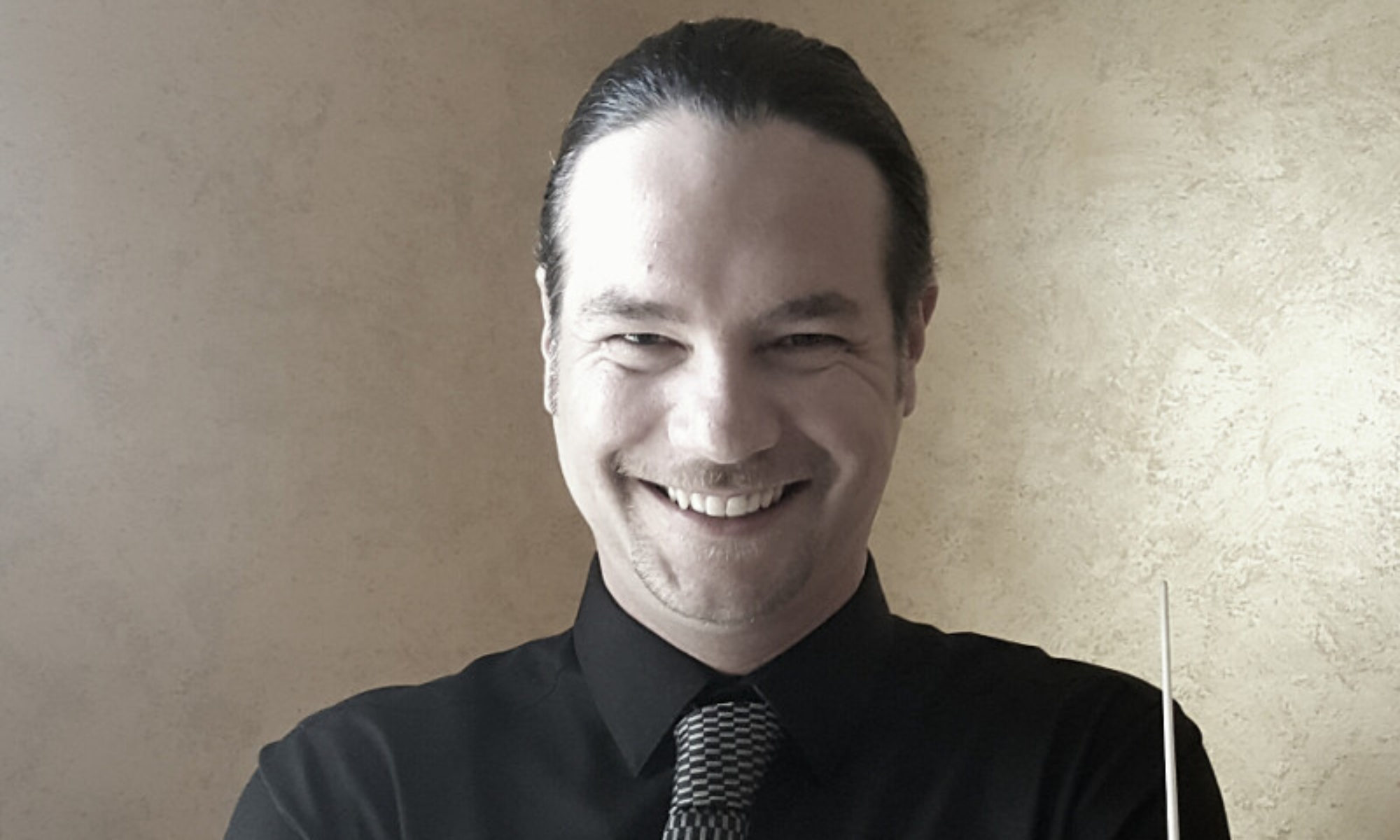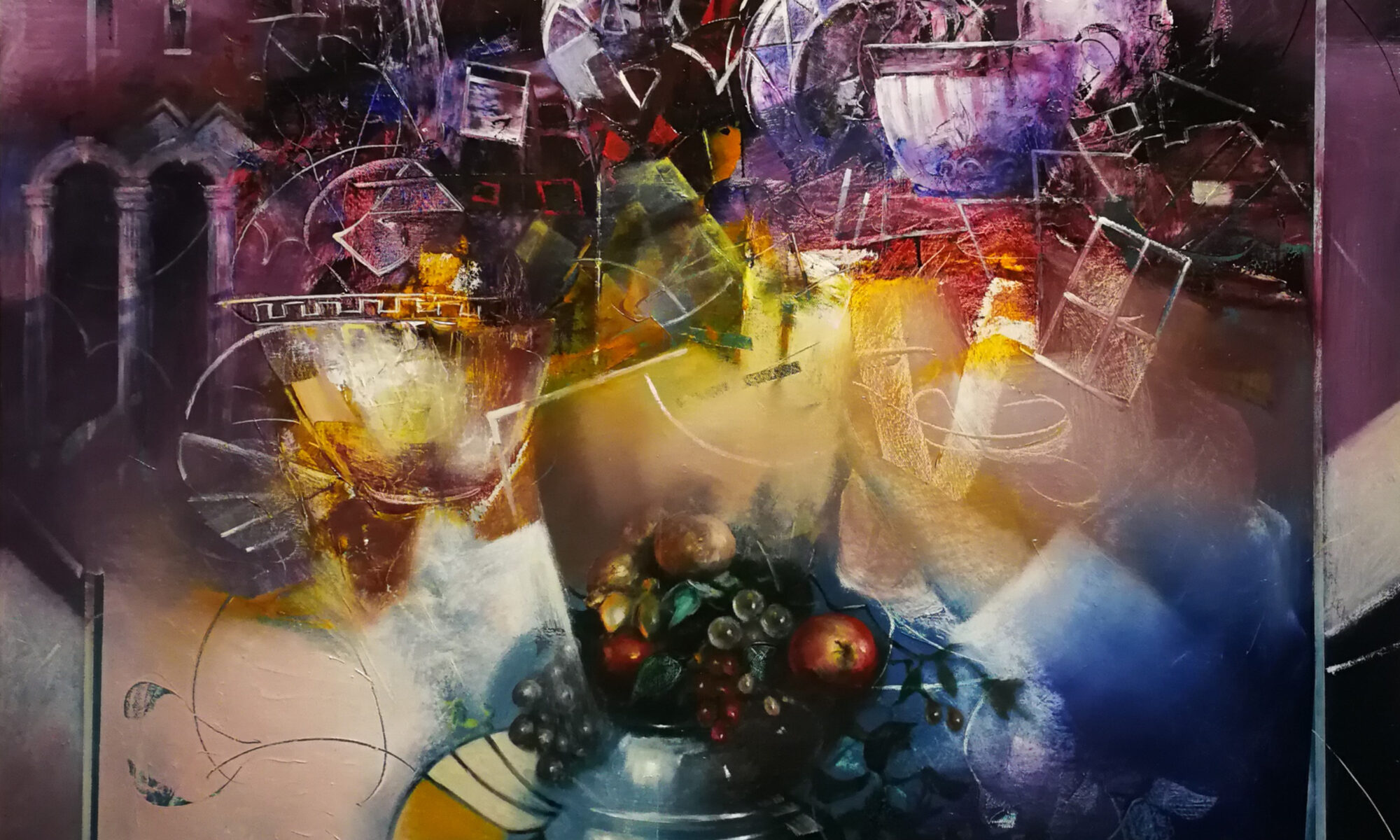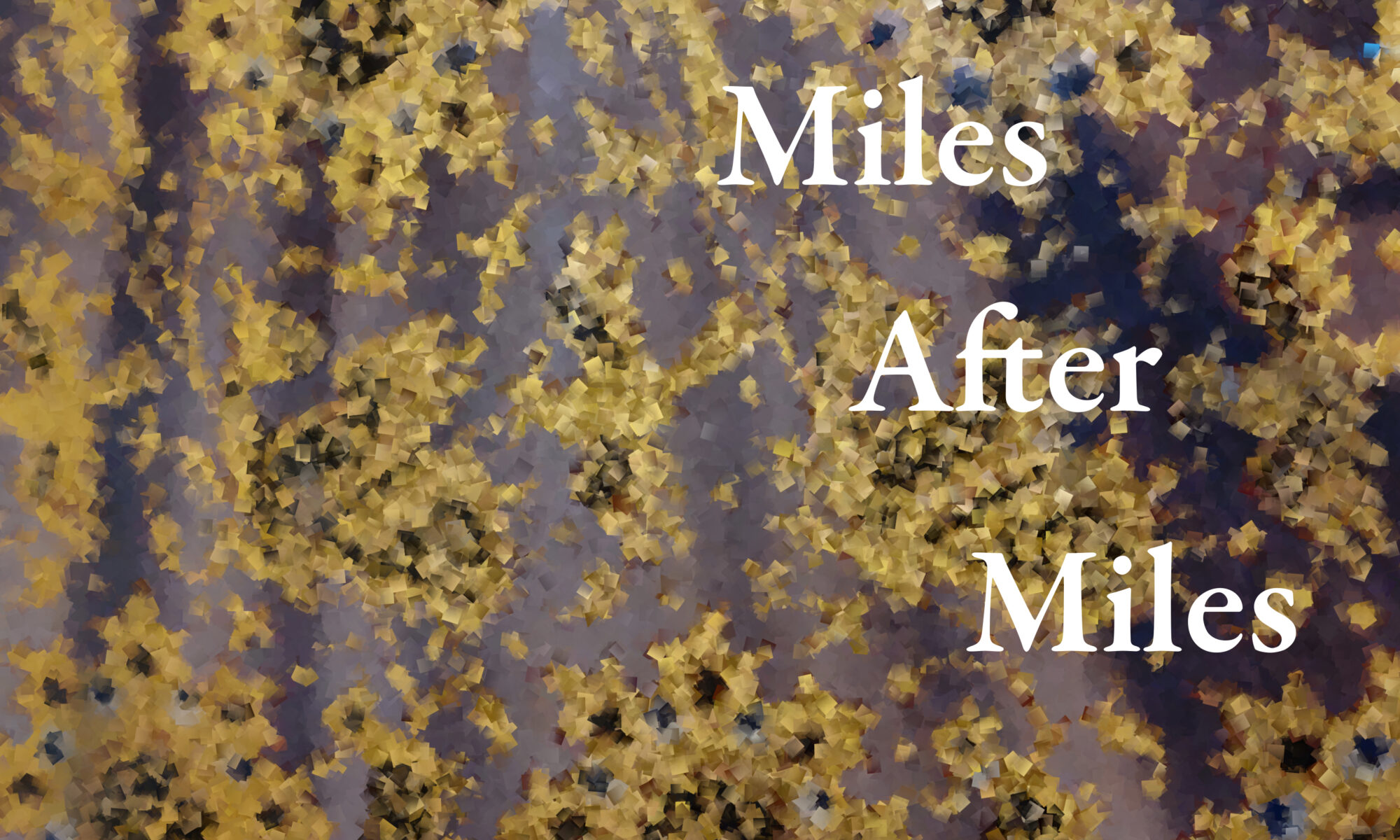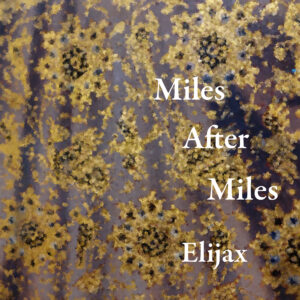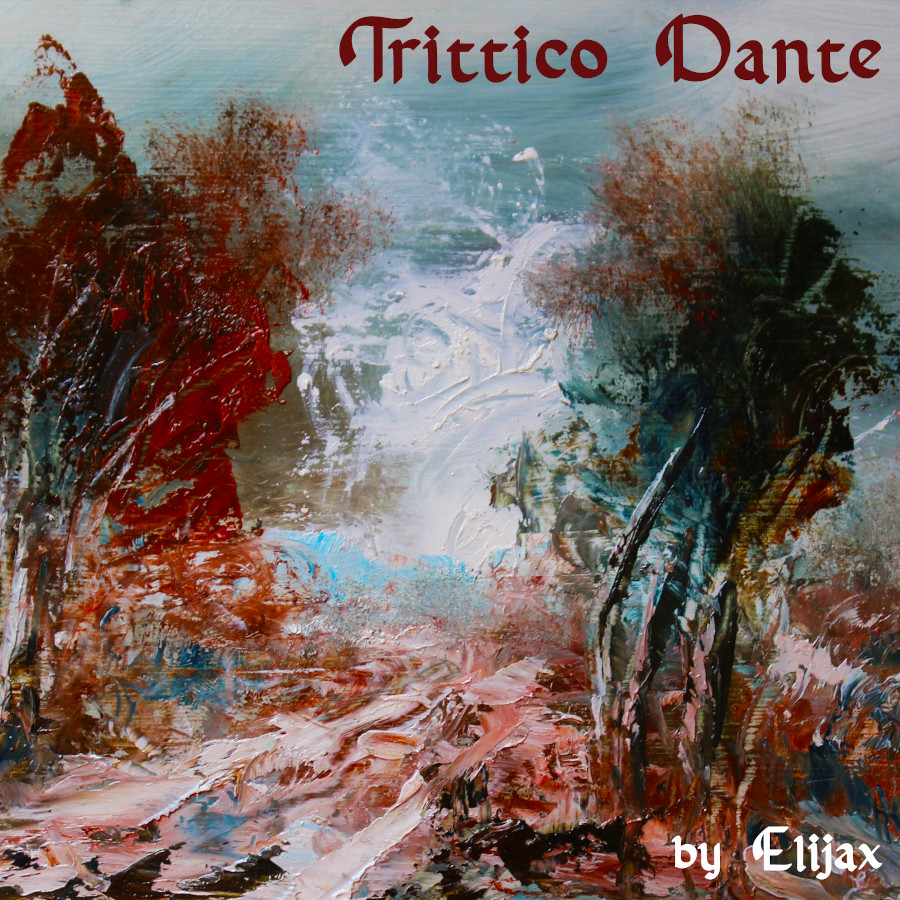UNQUESTIONABLE ANSWERS is pervaded by a chorale played by strings, which expands and contracts. Some tinkling glockenspiels and heavily filtered white noise are added in the highest part of the spectrum. The elaboration of the parts generates tensive crescendos which culminate in explosions. The decays of the blasts are characterized by arpeggi of synthesized plucks, in stochastic major/minor chords. All the music materials are based on the tone row discovered by Anton Webern in his unfinished opus 32.
The title is a reversed quotation of Unanswered Question by Charles Ives. In my composition I testify the complete overturning of the meaning of Ives’ masterpiece. The contemporary human being can not ask questions, can not search for answers, can not pursue a higher meaning and can not seek for a teleological meaning of the existence. The real questions are banned. The answers are pre-established, inculcated in the masses and in every human being since its conception. While incapable of questioning, the contemporary human being must follow ready-made answers, with operose passiveness, as imposed by the contemporary society. We are running frantically in order to stay still while the universe and the immutable celestial stars evolve.
The piece takes inspiration from, and thus is dedicated to, Aldous Huxley (for his Brave New World Revisited) and to Giorgio Agamben (for his Homo Sacer).
ATTRAVERSO (THROUGHOUT) Luigi Russolo’s writings, paintings and thoughts about the futuristic orchestra gave birth to the modern poetics of composition. The noise of urbanized cities, of technology, and also of weapons, is integrated in the so-called “classical” music. Everything is noise, or the silence is noise… the boundaries between organized sound and noise are overcome. From a philosophical perspective, randomness (indetermination) is absolute, and the idea itself is overcome by the concept of integration of a deterministic randomness, or by a rational indetermination.
My sound experimentations begun with a survey on noise: random noise, pseudo-random noise (as generated by computers), or “unrepeating random noise”, in which all samples are unique. I generated one second of an unrepeating random noise at 48KHz, which I used as a ground for the ideas of this composition. It is an interesting concept, since the randomness of the samples following the first sample decreases with the number of samples generated, until the last one which is necessary. I downsampled this second of generated unrepeating noise, finding a tone row, and I evaluated the potential of the pitch classes.
After deciding the structure of the piece and some tone colors, I composed freely. Eventually I used some previous samples of mine which fitted with the overall sound/noise.
The first part is sidereal. A few kinds of glockenspiels are generated from the noise passing throughout some filters with self-resonance and resonators. The crescendi are made by granular delays. At minute 3 there are some stable pitches made with a reversed reverbered granular harp, with stretched waveforms. Over this, around 4 minutes and 30 seconds there is chorale played by a string orchestra, made upon the tone-row of the previous glockenspiels and resonators. Around minute 8 there is an arpeggiator on randomized minor chords and a random drum.
This piece is a tribute to the composer from Portogruaro, to his coherence, to his vitality and dynamism, to his theories and artistic output, which, throughout times, still inspires us.
Choose your preferred streaming platform here
